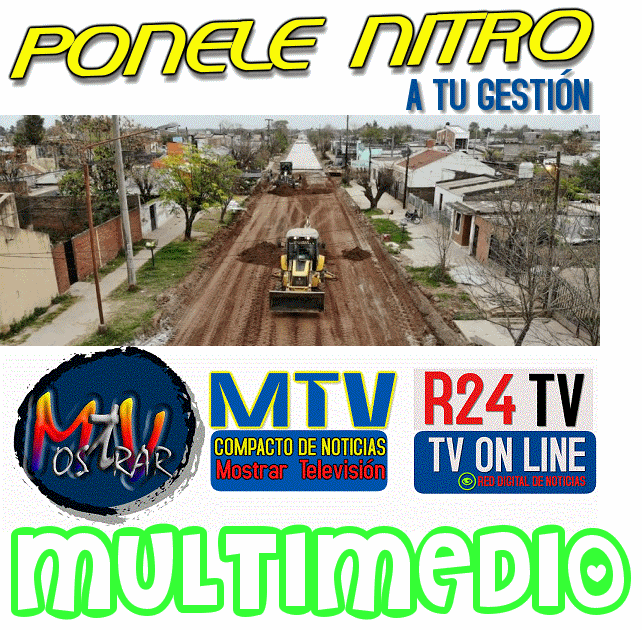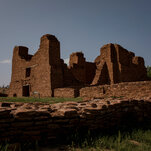Richard Barela, vice president of Unión Protectiva de Santa Fé, a Hispanic mutual aid group, said he opposed glorifying the Pueblo Revolt. He contended that doing so reflected efforts not only
“Popé demanded that everything European be destroyed, including the massacre of men, women and children,” Mr. Barela said.
Still, new generations of Pueblo Indians say they are rediscovering a part of the past that seems uniquely relevant as the country is riven by questions over historic racial injustice, such as the lingering effects of slavery and ethnic cleansing.
Reyes DeVore, a member of Jémez Pueblo who spent part of her childhood in California, said she was unaware of the revolt until moving as a teenager to New Mexico, where she saw Jémez runners commemorating the revolt each August.
Ms. DeVore, 32, said she later read the work of Joe Sando, a Pueblo historian who wrote widely about the revolt, before joining Pueblo Action Alliance, an activist group created in the wake of the Standing Rock protests against the Dakota Access pipeline in North Dakota.

Citing the contentious delays in distributing federal aid to tribal nations during some of the deadliest phases of the present pandemic, Ms. DeVore said that the tumult of 2020 had laid bare how tribes continued to be dismissively treated by the government.
“We were left to fend for ourselves because the U.S. government doesn’t give a damn about Indigenous peoples,” said Ms. DeVore, whose group recently completed a month of organizing around the Pueblo Revolt.





